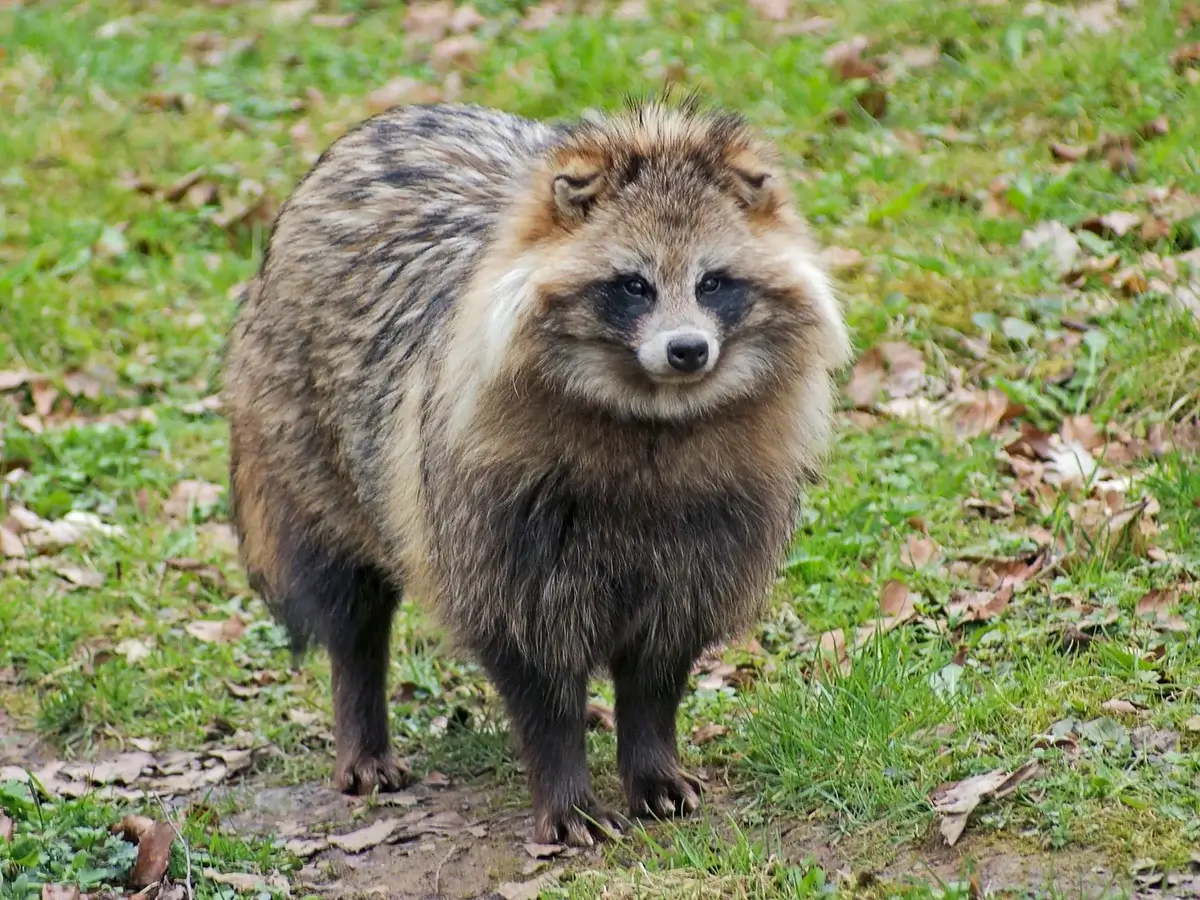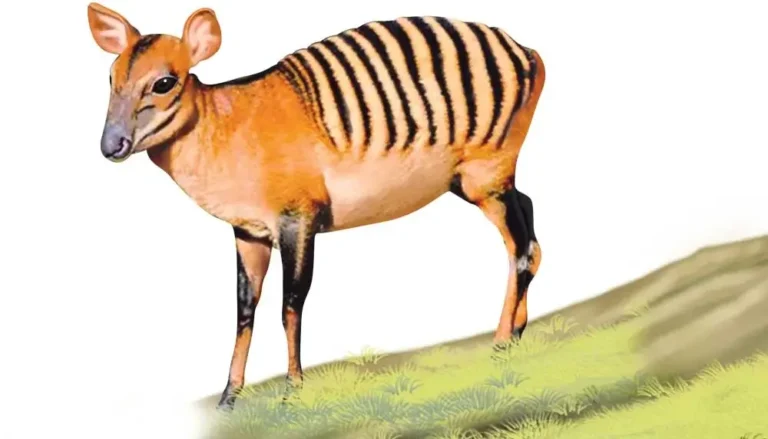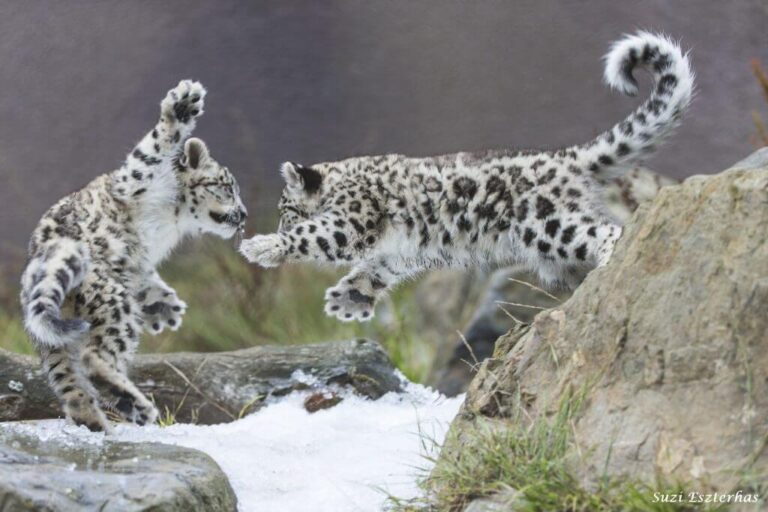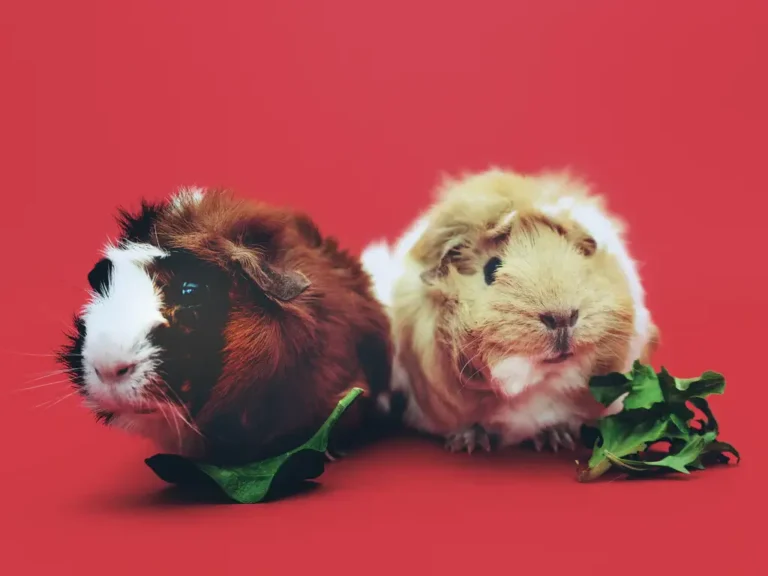Raccoon: Behavior, Habitat, Diet, and Human Interaction
The raccoon is a fascinating and adaptable creature that has successfully carved a niche in wild and urban environments. Known for their distinctive masked faces and dexterous paws, raccoons have a rich ecological and cultural significance.
This comprehensive guide delves into the raccoon’s scientific classification, physical characteristics, habitat, behavior, diet, reproduction, predators, conservation status, interesting facts, evolutionary history, and relationship with humans.
Contents
Scientific Classification
- Kingdom: Animalia
- Phylum: Chordata
- Class: Mammalia
- Order: Carnivora
- Family: Procyonidae
- Genus: Procyon
- Species: Procyon lotor
Raccoons belong to the family Procyonidae, which also includes coatis and kinkajous. The species name “locator” refers to their habit of “washing” their food, a characteristic behavior that has fascinated observers for centuries.
Physical Characteristics

Raccoons are medium-sized mammals with a stocky build and distinct physical traits:
- Size: Adult raccoons typically weigh between 8 to 20 pounds (3.6 to 9 kg) and measure about 16 to 28 inches (40 to 70 cm) in body length, with an additional tail length of 8 to 12 inches (20 to 30 cm).
- Appearance: They have grayish fur and a unique black “mask” across their eyes, one of their most recognizable features. Their bushy, ringed tails usually have 4 to 7 black rings.
- Paws: Raccoons have highly dexterous front paws with five fingers, which allow them to open containers, manipulate objects, and handle food with impressive skill.
Habitat
Raccoons are highly adaptable and can thrive in a variety of habitats:
- Natural Habitats: They are native to North America and are commonly found in deciduous and mixed forests, wetlands, and coastal areas.
- Urban Areas: Raccoons have adapted remarkably well to urban environments, frequently seen in cities, suburbs, and farmlands, where they scavenge for food in garbage bins and other accessible areas.
Behavior

Raccoons are known for their intelligence and resourcefulness:
- Nocturnal: Primarily nocturnal, raccoons are most active at night when they forage for food.
- Solitary but Social: While generally solitary, raccoons may form loose groups during mating season or when resources are abundant.
- Communication: They use a variety of vocalizations, including purrs, growls, and screams, to communicate with each other.
Diet
Raccoons are omnivores with a highly varied diet:
- Natural Diet: In the wild, they feed on fruits, nuts, insects, small mammals, birds, eggs, and amphibians.
- Urban Diet: In urban areas, raccoons often scavenge through garbage, compost, and pet food, displaying their opportunistic feeding behavior.
Reproduction
Raccoons have a specific breeding cycle with distinct reproductive traits:
- Mating Season: Mating usually occurs between January and June, with a peak in early spring.
- Gestation and Birth: The gestation period lasts about 63 to 65 days, after which the female gives birth to a litter of 2 to 5 kits.
- Parental Care: Female raccoons are the primary caregivers, nurturing their kits in dens for about 8 to 10 weeks before they start foraging with their mother.
Predators
Raccoons face various natural predators, especially in the wild:
- Natural Predators: Their main predators include coyotes, bobcats, great horned owls, and alligators. Young raccoons are more vulnerable to predation than adults.
- Human Threats: In urban settings, raccoons often face threats from vehicles, trapping, and poison, making human activity one of their significant risks.
Conservation Status
- IUCN Status: Raccoons are listed as Least Concern by the International Union for Conservation of Nature (IUCN) due to their widespread distribution and adaptability.
- Conservation Concerns: Although not currently at risk, raccoons face habitat loss and are sometimes viewed as pests, leading to human conflicts.
Interesting Facts
- Masked Bandits: The raccoon’s iconic mask is thought to reduce glare and enhance night vision, aiding in their nocturnal lifestyle.
- Dexterous Paws: Raccoons can manipulate objects with surprising precision, almost like primates, making them skilled at solving problems to access food.
- “Washing” Food: The name “locator” means “washer,” reflecting the raccoon’s habit of dipping food in water, though this behavior is more related to tactile sensitivity than actual cleaning.
Evolutionary History
Raccoons have a deep evolutionary history dating back millions of years:
- Ancestors: Fossil records suggest that raccoons’ ancestors diverged from other carnivores around 30 million years ago.
- Adaptability: Their evolutionary success is largely due to their intelligence, adaptable diet, and ability to thrive in diverse environments, including urban landscapes.
Relationship with Humans
Raccoons have a complex relationship with humans:
- Cultural Significance: They are often depicted in folklore and media as clever, mischievous animals.
- Pest Control: Raccoons help control insect and rodent populations, but their scavenging habits in urban areas can lead to conflicts with humans.
- Human Conflicts: Issues arise when raccoons raid garbage bins, invade attics, or spread diseases like rabies and leptospirosis, making management essential in densely populated areas.
Conclusion
Raccoons are a testament to nature’s resilience and adaptability. Despite their challenges, their intelligence and resourcefulness have allowed them to thrive in various environments, from remote forests to bustling cities. Understanding their behavior, ecological role, and the importance of coexistence can help foster a balanced relationship between raccoons and humans, ensuring that these “masked bandits” remain vital to our natural world.
- Golden Retriever Pros and Cons: What Every Pet Parent Should Know - 15 September 2025
- Cane Corso Dog Breed: Health, Care, and Lifespan - 14 September 2025
- Catahoula Leopard Dogs: Description, Temperament, Lifespan, & Facts - 21 July 2025







